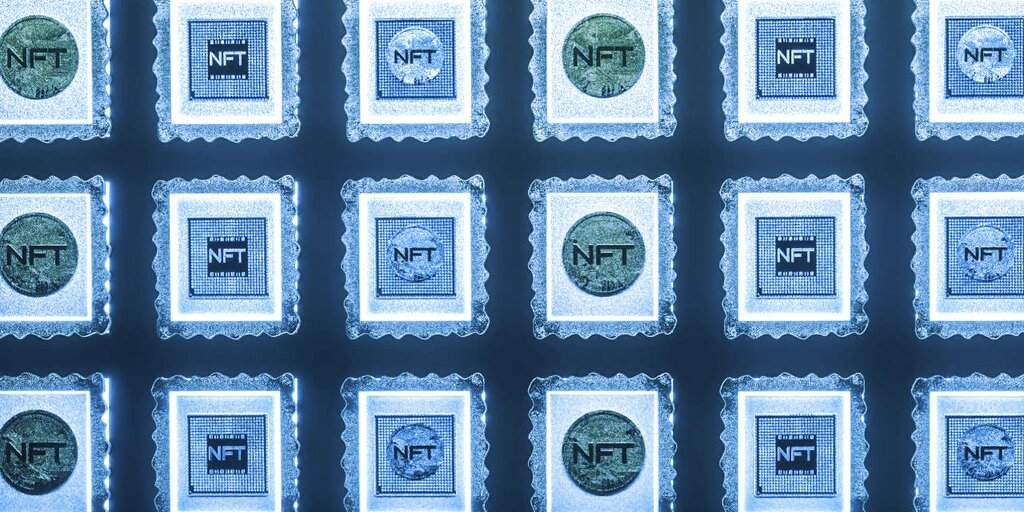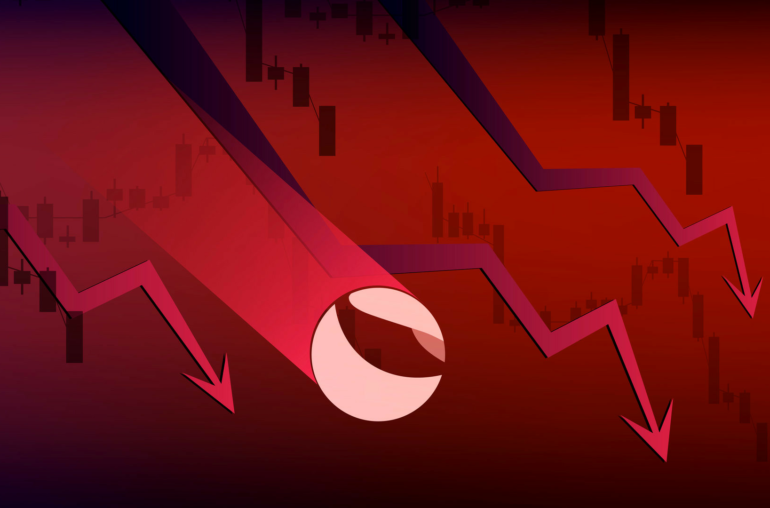Menu
Search
About
By Chris Stokel-Walker
Jun 21, 2022Jun 21, 2022
5 min read
With more than 70 million registered users, and half a billion pieces of art uploaded every month, DeviantArt is the internet’s front door to artwork. “Literally every second on DeviantArt, there is more than one piece of art being submitted,” says Moti Levy, the site’s CEO.
“For the last 20 years, we’ve been serving the creator community, and evolving together with the creator community,” Moti adds. “We’ve created the publishing capabilities, the monetization capabilities, curation and collection capabilities, and creating communities within the community.”
So it was only natural that when the Web3 revolution hit, DeviantArt would shift too. But the transition to the latest iteration of the internet has not been smooth. Non-fungible tokens (NFTs)—a key cornerstone of the Web3 revolution—have been blighted with a copyright theft problem. And as one of the biggest depositories of user-generated art online, DeviantArt has been hit more than most.
“Art theft in general is not something that’s new to us,” says Levy. “It’s not new to us, it’s not new to creators. It goes back 2,500 years.” But the scale of art theft occurring in order to feed demand for the NFT gold rush—where those seeking to get rich quick begged, borrowed or stole artwork that could be used to make money from gullible buyers—is something new.
In August 2021, DeviantArt launched a programme called DeviantArt Protect, which indexes NFTs from across nine key blockchains. To date, it has indexed more than 400 million NFTs—and found nearly 330,000 NFT copyright infringements.
(1/3) DeviantArt Protect was developed solely by DeviantArt for the purpose of protecting artists from art theft. Our only collaboration with platforms like OpenSea is leveraging their APIs to scan for art theft on NFT marketplaces. https://t.co/MGQy6YpIWi https://t.co/MGQy6YpIWi
— DeviantArt (@DeviantArt) December 29, 2021
Among them was an artist who passed away recently from cancer. “Literally a few weeks after she passed away, thieves infringed her art and posted it in one of the [NFT] marketplaces,” says Levy. “There was a big, big, big uproar from the community. It touched us very deeply that it can happen in such a very easy way: right click, save, and repost it on one of those marketplaces—and this is mine, by nature, because it’s Web3, and there is no KYC [know your customer requirements].”
That incident was a turning point for DeviantArt, and was emblematic of what Levy calls the wider “explosion” in infringement. A significant proportion of the 12 million newly-minted NFTs DeviantArt scans every week are stolen. “As time passed, it was obvious to us that there is a huge, huge problem with NFTs,” says Levy. “Web3 is coming with a huge promise to creators, to monetize in a meaningful way. And we’re all for that, because that’s what we’ve done for the last 20 years, serving this greater community.” But the bad actors taking advantage of the more lax elements of Web3 are wreaking havoc.
To try and counteract that further, and to build on the work that DeviantArt protect is already doing, the site—which is owned by Wix—has launched a new, broader initiative that it hopes will help Web2 platforms share information about the legitimacy or not of Web3 assets. The DeviantArt Protect Protocol allows anyone to submit their work to be tracked around the internet—whether they’re a member of DeviantArt or not.
It’s a kind of all-internet neighborhood watch for artists and creators, designed to root out issues and flag them before people make illegal profits. “If you say: ‘This is mine, we’ll help you to do a DCMA [takedown], and we’re working with some marketplaces through backchannels to help take the piece of art down immediately,” he says.
The protocol is an acknowledgement that the problem is bigger than DeviantArt alone—and needs collaboration to help tackle it. “If we want to create this layer of trust and safety [in Web3] to see adoption by creators, we really need to put in the checks and balances,” says Levy. The decentralized protocol allows anyone to contribute, adding accountability to issues of art theft. “We want to see claims coming from other Web3 protocol partners, and to see other marketplaces saying: ‘Hey, we found this infringement,’” he adds. It’s designed to root out bad actors, improve trust in the Web3 experiment—and to protect intellectual property along the way.
While Levy declines to say how much DeviantArt has spent developing the protocol, citing uncertainty over whether he’s able to because of its ownership by Wix, he does say that between 30% and 40% of DeviantArt’s entire staffing resource has been spent creating the protocol. “And we’re not 20 people,” he says. “We’re a lot. A big portion of DeviantArt is working towards it, and supporting it—not just on the engineering front.”
“If we want to create trust and safety [in Web3], we really need to put in the checks and balances.”
“If we want to create trust and safety [in Web3], we really need to put in the checks and balances.”
It all begs the question of why spend so much time, effort and money developing something that is being offered for free? “I think [copyright theft] is a threat for creators,” says Levy. “And if it’s a threat to creators, then yes, it’s a threat to DeviantArt, but also to Instagram, to TikTok, to OpenSea and others. If creators don’t believe in the evolution of the web, we have a problem.”
Levy’s keen not to point the finger too strongly at Web3, denying it has an original sin of lax attitudes copyright and ownership. “Every new technology and every evolution we’ve had has had problems in its infancy, right?” he says. “It’s natural, when you have advancements in technologies.” But he does think that the problem has been accelerated by how fast Web3 has evolved and grown. “We’re tackling the opportunities, not the problems first,” he says.
The recent slowdown—some might say collapse—in crypto and Web3 offers an opportunity to revisit some of the larger issues with the Web3 experiment, and to try and remedy them.
“That’s what we’re saying," says Levy. "There is opportunity, but let’s be responsible, please, and let’s create a very safe and trusted layer and environment for creators to evolve with Web3.”


